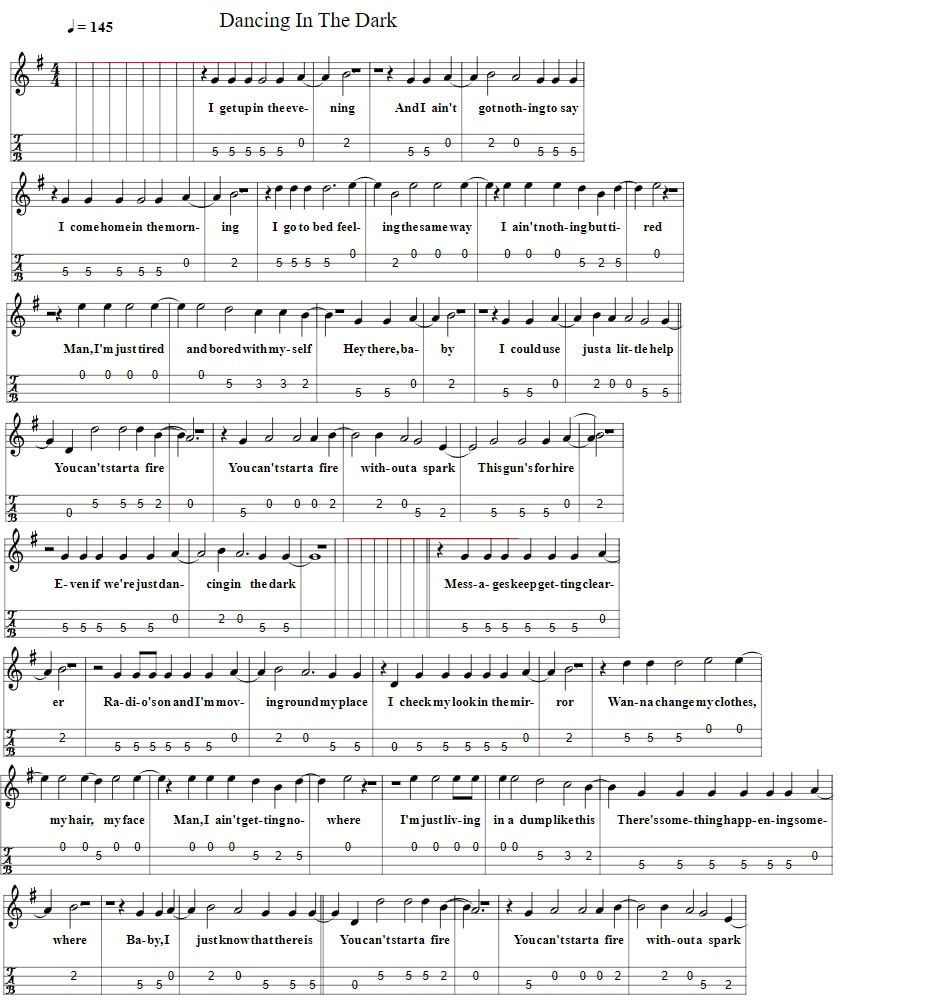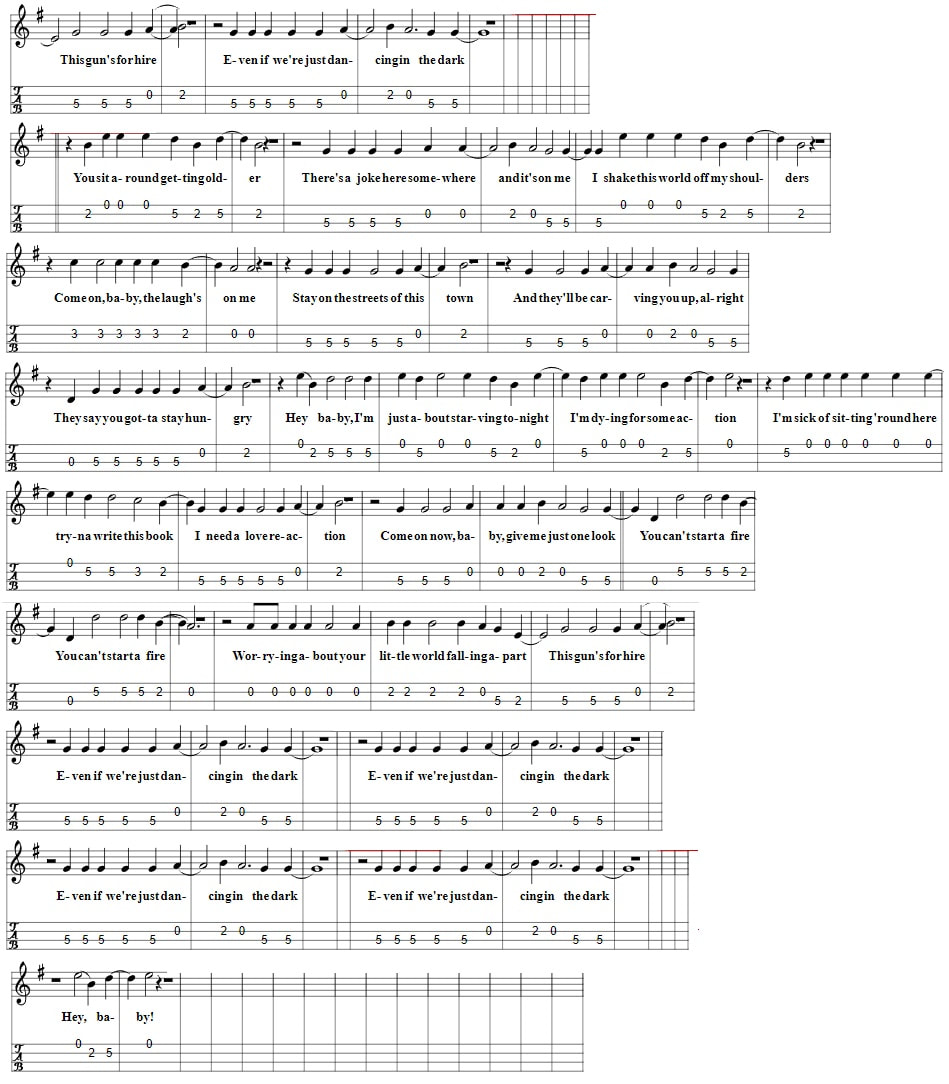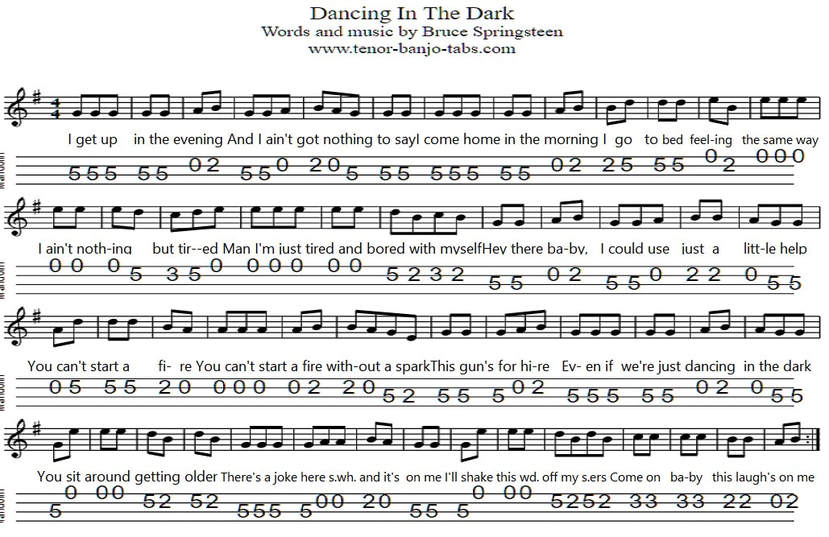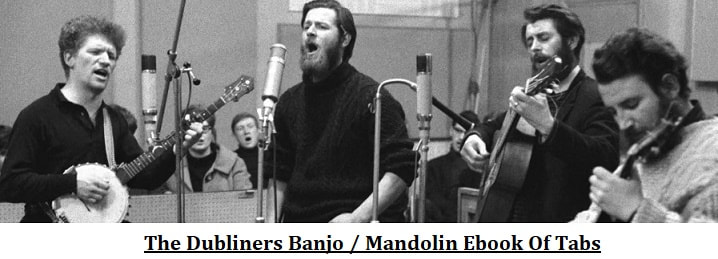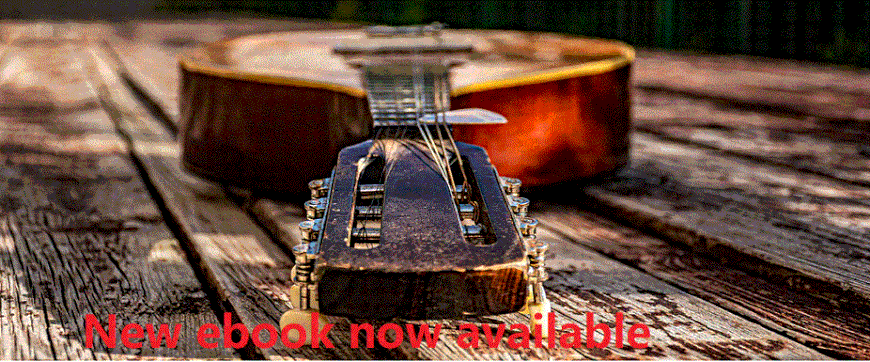Dancing In The Dark Mandolin / banjo Tab
Words and music written by singer / songwriter Bruce Springsteen. The sheet music tab is in the key of G Major. There's no sharps or flat notes in this version. The mandolin / banjo letter notes are included. Suitable for Irish Bouzouki in GDAE tuning.

